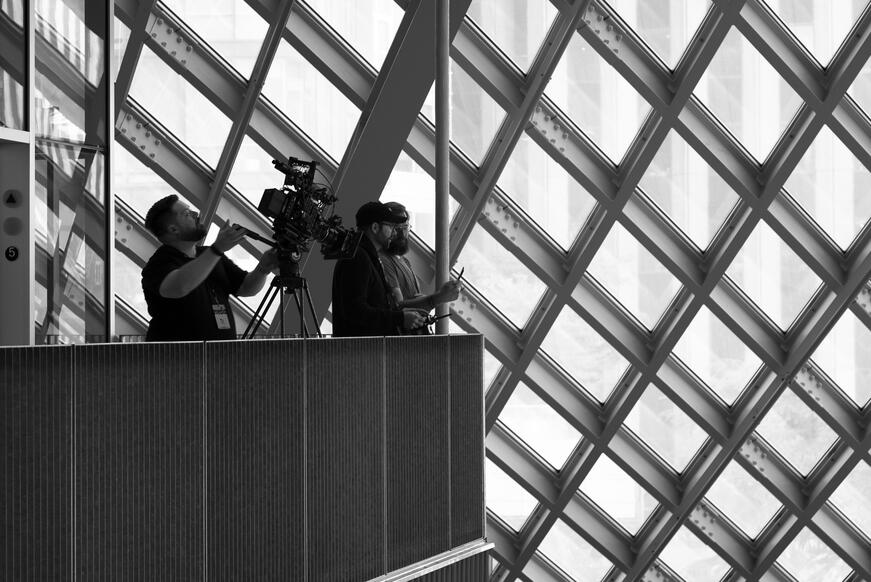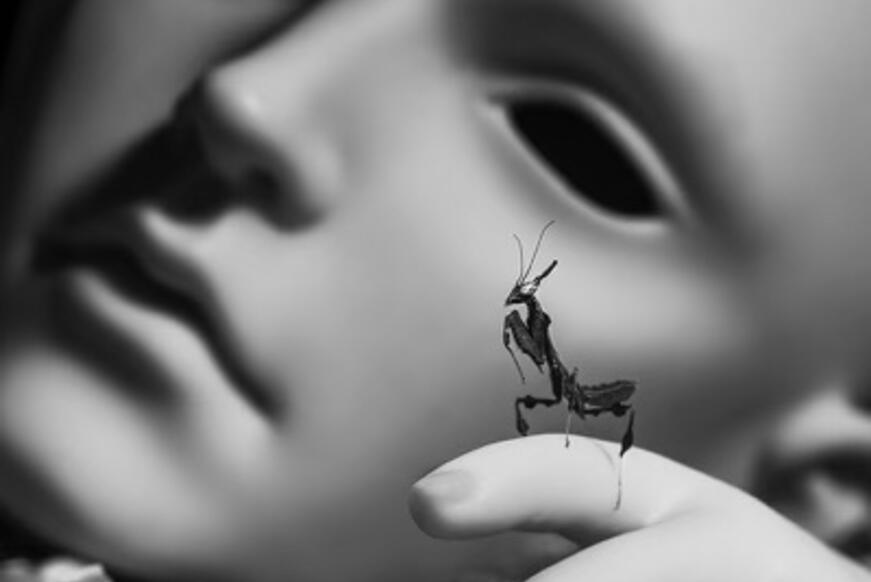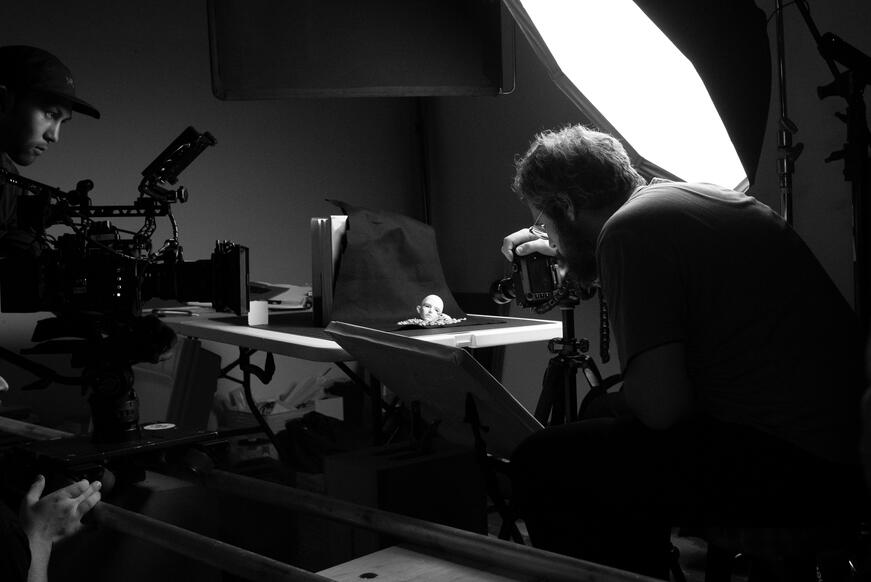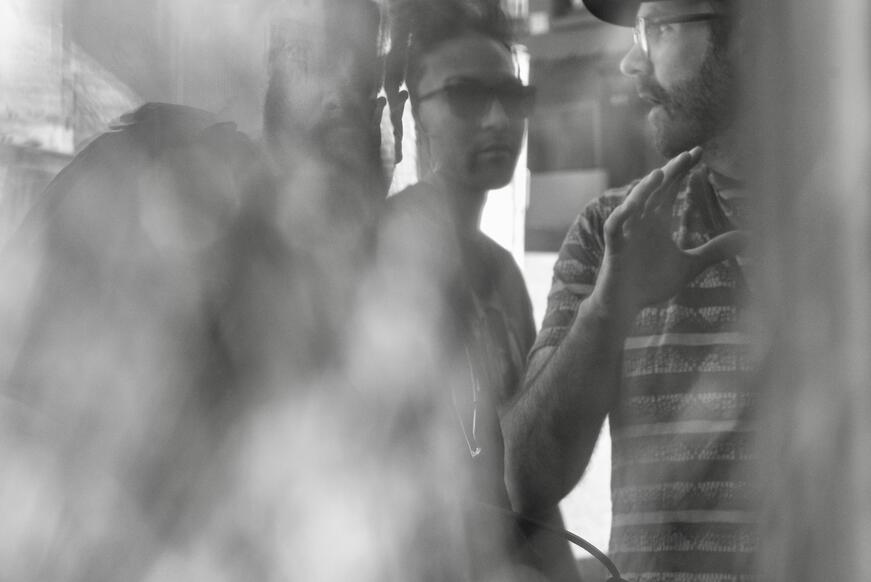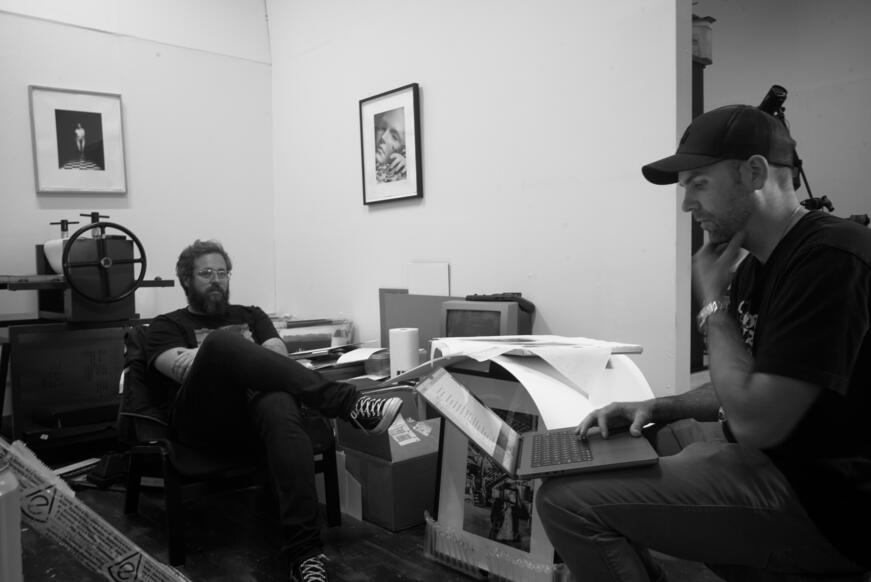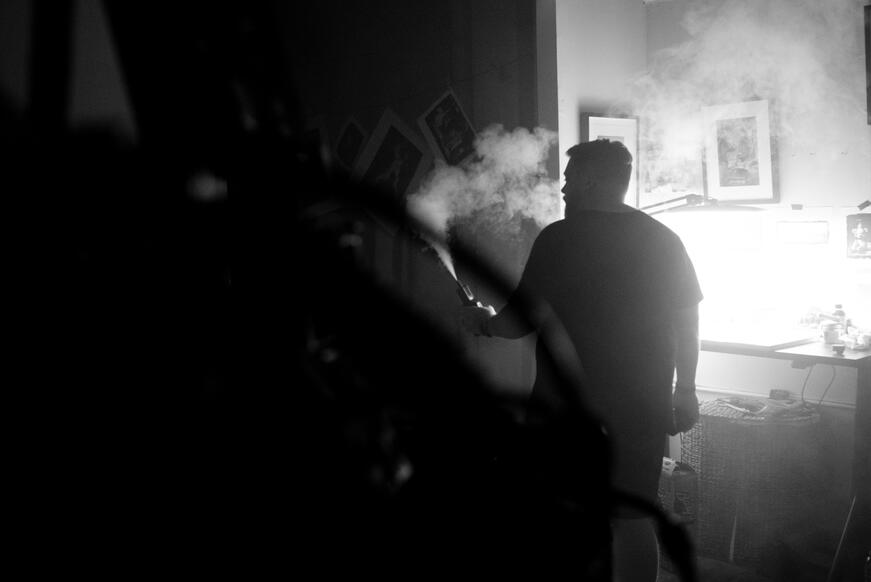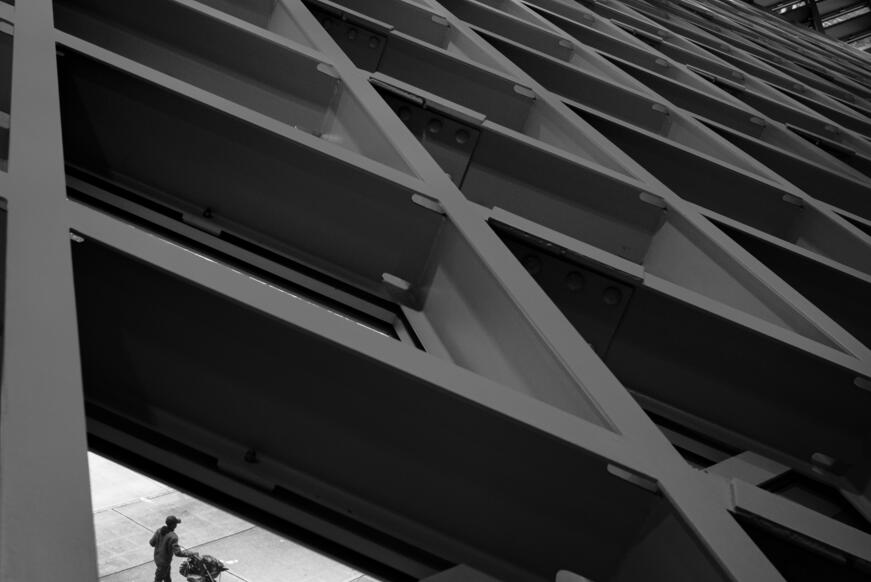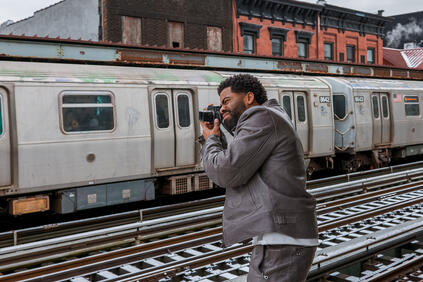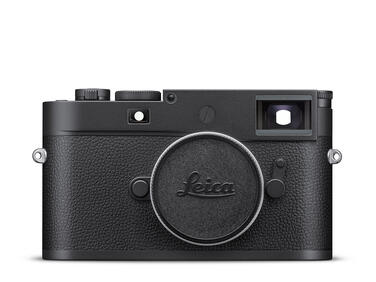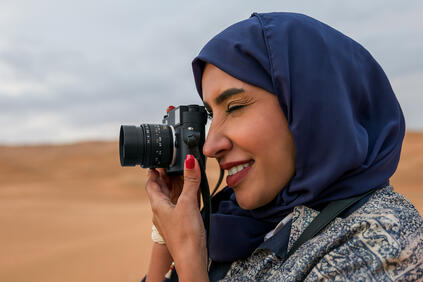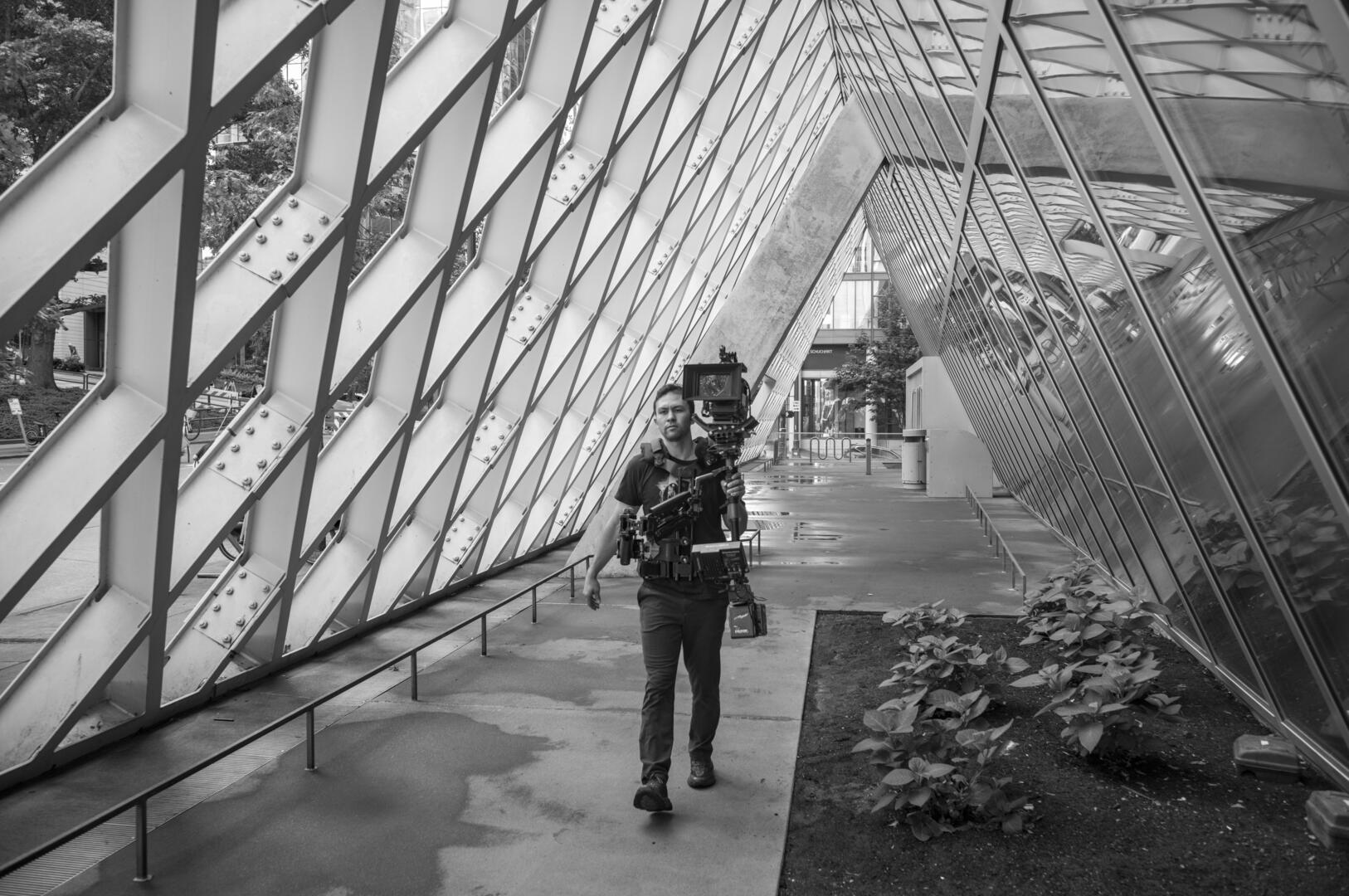
A Filmmaker and Storyteller unlock the potential of perceived limitations.

Nate: I was first introduced to Terry at the Leica Gallery in Los Angeles. I was filming a different project for Leica while Terry was preparing for his upcoming exhibition, Frames Between the Pain. After his incredible gallery showing, I approached Terry and Leica about collaborating on a film project.
Terry: Nate was filming some interviews of other photographers for a different project in the Leica Gallery LA. I just happened to be there helping install my exhibition Frames Between The Pain. I felt like we had a good conversation and he made a little promo video. Nate approached me shortly after the opening and asked if I would be interested in doing this project with him.
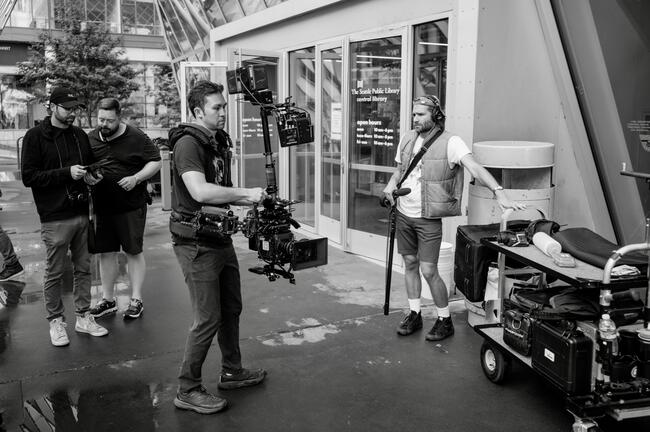
As a filmmaker, I’m drawn to themes and stories involving existential themes – especially overcoming loss and navigating grief. This has been an interest of mine since losing my brother during childhood, and then my father in 2019. I’ve long been a believer in channeling pain and loss into art. Terry – who channels physical pain into art on a daily basis – serves as a shining example of that mantra. I believe that his courage will inspire others struggling with their own pain, no matter the form.
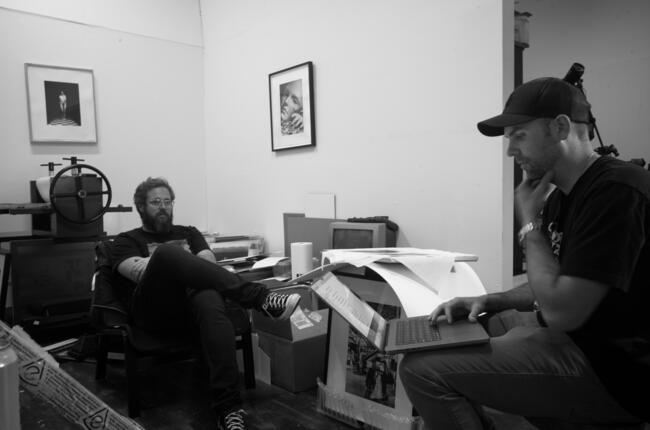
Nate: As this is Terry’s story to tell, the two of us collaborated closely from the very beginning. We spent months discussing Terry’s background, philosophy, and process. When we were aligned on the approach of the film, we passed the script back and forth and collaborated on the film’s aesthetic. It was extremely important to me that this film be as much Terry’s artistic expression as my own. We hit it off immediately and had a lot of fun throughout.
Terry: my photography revolves around challenging myself physically and mentally. It can be very sporadic and unorganized like my life with chronic pain. This can be a personal and sometimes lonely process. It’s difficult to let people in at times. At first, I was a little hesitant about doing a video but realized it was time to share. I think it helped that my feelings and emotions in print were displayed in Frames Between the Pain. This gave me more confidence to further share my story and approach to photography in video form.
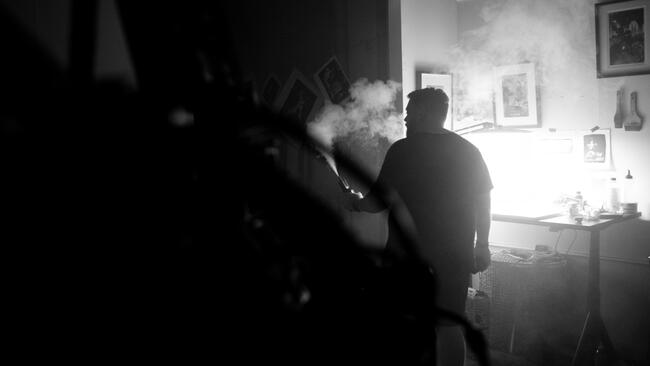
Nate: DP Kyle Krupinski and I drew inspiration from Terry’s photography in our visual approach. We wanted it to feel like a Terry LaRue photograph. We consulted with Terry, and ultimately decided to shoot black and white – and also use a variety of diopters, filters, and lens elements to obstruct and abstract the image. We also decided to film on sticks, dolly, and steadicam to bring a level of precision reflective of Terry’s process.
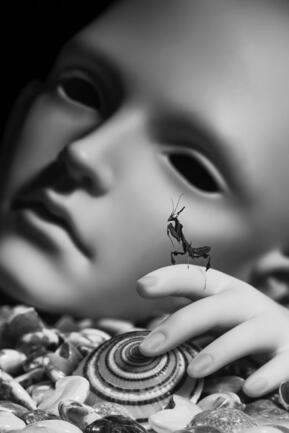
Terry: I started by sharing my story then notes and thoughts with Nate – making myself an open book with nothing off limits. We would talk on the phone and brainstorm different lines and ways of capturing for months. When it came time to shoot I avoided getting any treatments until the filming was completed. By the third day, my left thumb was dislocated and I could barely walk. By the last day, I was struggling to pull myself together to shoot the scene. It was important to me that it be real and never overly dramatized.
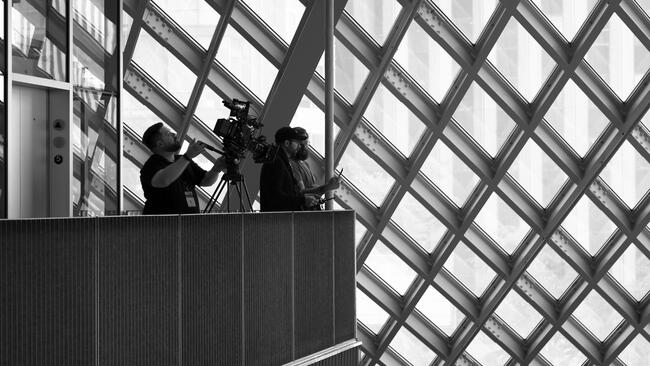
Nate: One notable “limitation” that we were able to lean into explores the concept of perceived limitations: “From physical pain to cameras that are blind to color, can perceived limitations actually be sources of inspired actions and creativity?” This gave our creative approach some guardrails that ended up serving the story more completely. Another limitation was Terry’s increasing pain, which he grit his teeth and bore over the course of the shoot.
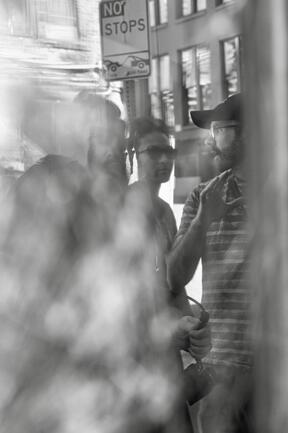
Terry: My hope with telling my story battling Complex Regional Pain Syndrome (CRPS) is to show that life can get hard and it’s OK. Expect to struggle and get down, just try not to allow yourself to stay there. There are so many things I can't control in my life but I can control how I react to them. No matter how big or little the struggle, there is always an option for creativity to bring purpose and meaning to your life. No matter what form of creativity you choose, or If you share it with the world, or hold it close to yourself. I learned to see through my pain by looking through a camera. Giving me a new view on life I might have never found without taking a chance and being honest with myself. I can’t control the viewer seeing the same things in my images as I do, and that’s okay. I'm choosing to share my struggles, accomplishments, and failures to show what is possible when you discover a creative outlet and don’t let go.
